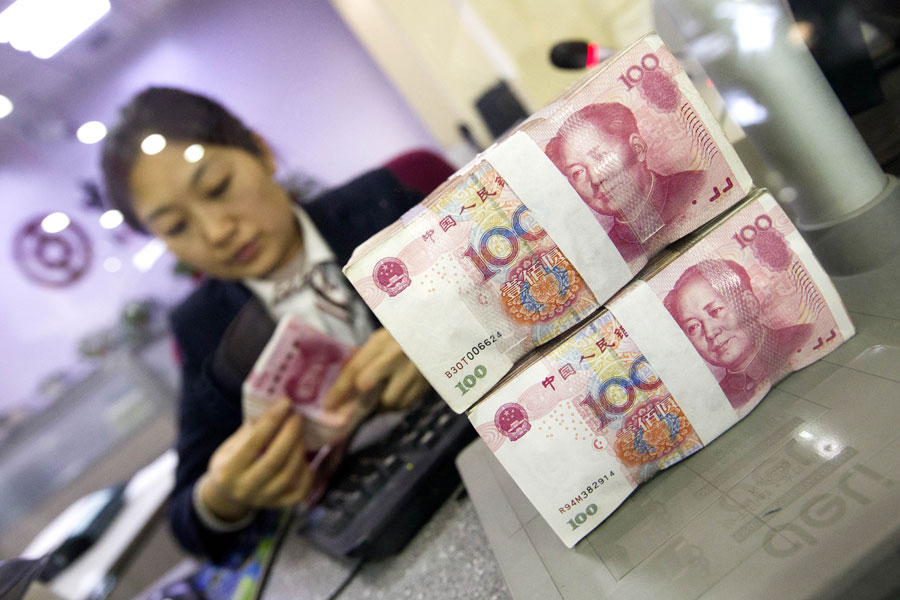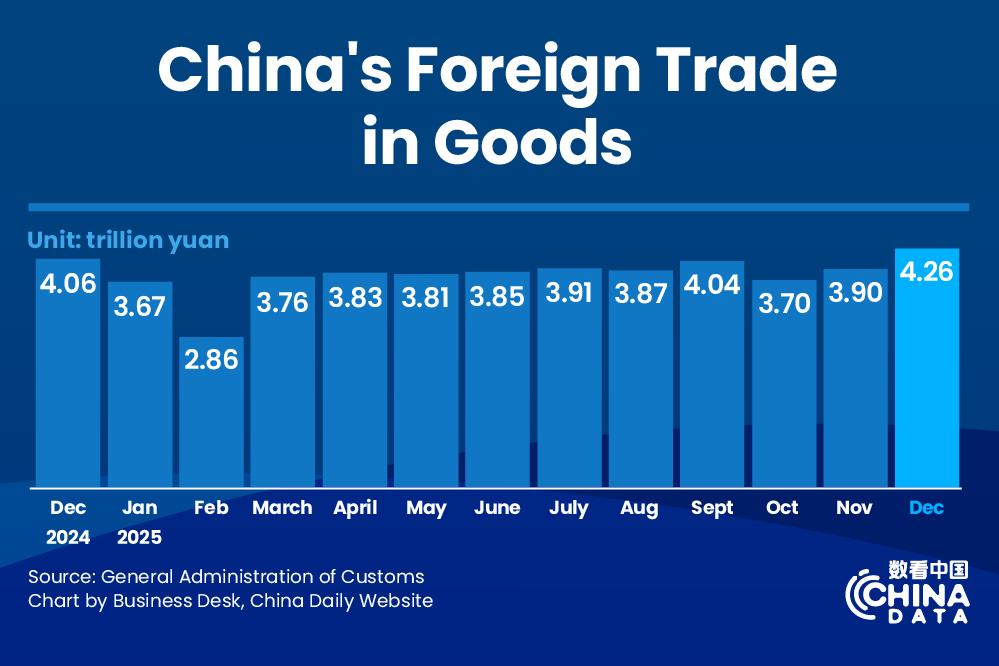PBOC to enhance policy predictability


Expectations management to fortify anti-inflation steps and green finance
The second-quarter report of China's central bank has stated that the monetary authority aims to enhance predictability and stability of its policy to prevent surges in inflation and support measures to reduce carbon emissions.
The People's Bank of China plans to use tools like high-frequency communication with the public and management of expectations to achieve the goals.
The latest PBOC quarterly report highlighted that massive supply of money will surely result in inflation.
In such circumstances, the key to combating surging inflation is to control money supply, the PBOC said.
Runaway inflation can become a rising risk for major developed countries whenever they reopen their economies fully after bringing the COVID-19 pandemic under control, experts said.
In the PBOC's assessment, the inflation pressure in China is generally under control, which is mainly because of the normalization of money supply since May 2020, earlier than other major economies.
"That reflects the PBOC has been aware of the inflation pressure," said Ming Ming, a senior analyst with Citic Securities, who thought that will limit policy easing via further cuts in banks' reserve requirement ratio (RRR) or through interest rate cuts.
Some economists, however, said they believed that inflation is unlikely to be a key consideration for monetary policy in the near term.
David Qu, Bloomberg's China economist, said: "The growth outlook, under pressure from new outbreaks of the COVID-19 Delta variant, will be a bigger concern that could prompt the PBOC to do more to support the economy, following the RRR cut in mid-July."
By the end of June, the year-on-year growth rate of China's broad money supply, or M2, was 8.6 percent, nearly at the pre-pandemic level, and it matched the normal growth rate of GDP, according to a column authored by a staff member of the PBOC's monetary policy department.
Some experts hold the view that major developed economies' big-ticket quantitative easing, coupled with matching fiscal measures in the wake of the COVID-19 outbreak, have fueled global inflation this year.
In the quarterly report, the PBOC said it will use new tools to support measures to reduce carbon emissions. The targeted tools will provide low-cost funds to qualified financial institutions so that they could fund key projects with preferential interest rates.
In this context, key areas include clean energy, energy conservation, environmental protection, and technologies to reduce carbon emissions, the central bank clarified.
Financial institutions should track loans that fund measures to reduce carbon emissions, disclose information on reduction of emissions to the public and accept supervision by the public.
The "green" monetary policy tools are likely to debut soon, which may be in the form of medium-term lending facility (MLF) with lower interest rates, or relending facility, said Ming.
Another article in the PBOC's quarterly policy report said that from a macro perspective, China's overall interest rates are now at a reasonable level, which provides a sound interest rate environment that can support steady and high-quality development.
The central bank disclosed that in the first half, the weighted average interest rate of lending was 5.07 percent, down by 0.07 percentage point year-on-year. In June, the weighted average lending rate decreased to 4.93 percent, a record low since the PBOC started reporting such data.
This interest rate level is slightly higher than that in major developed economies, but relatively lower than that in many developing countries and emerging economies.
A comment from China Construction Bank's financial market department said that the PBOC's tone appears to indicate the central bank is unlikely to cut rates in the short term, and its use of price-based policy tools will be more cautious, given the reaffirmed "prudent" policy status.
The PBOC has taken advantage of improved expectations management, a supplementary measure that has been adopted by major central banks after the 2008 Global Financial Crisis, to stabilize the financial system. And frequent communication with the public will help curb fluctuations of liquidity and money market interest rates, the quarterly report said.
Ming of Citic Securities, who had worked with the central bank in the past, said the PBOC has been true to its word. Its proactive communications and management of expectations have ensured effective implementation of the monetary policy, which in turn has helped the market to clearly understand the policy tone, its nuances and implications.




































